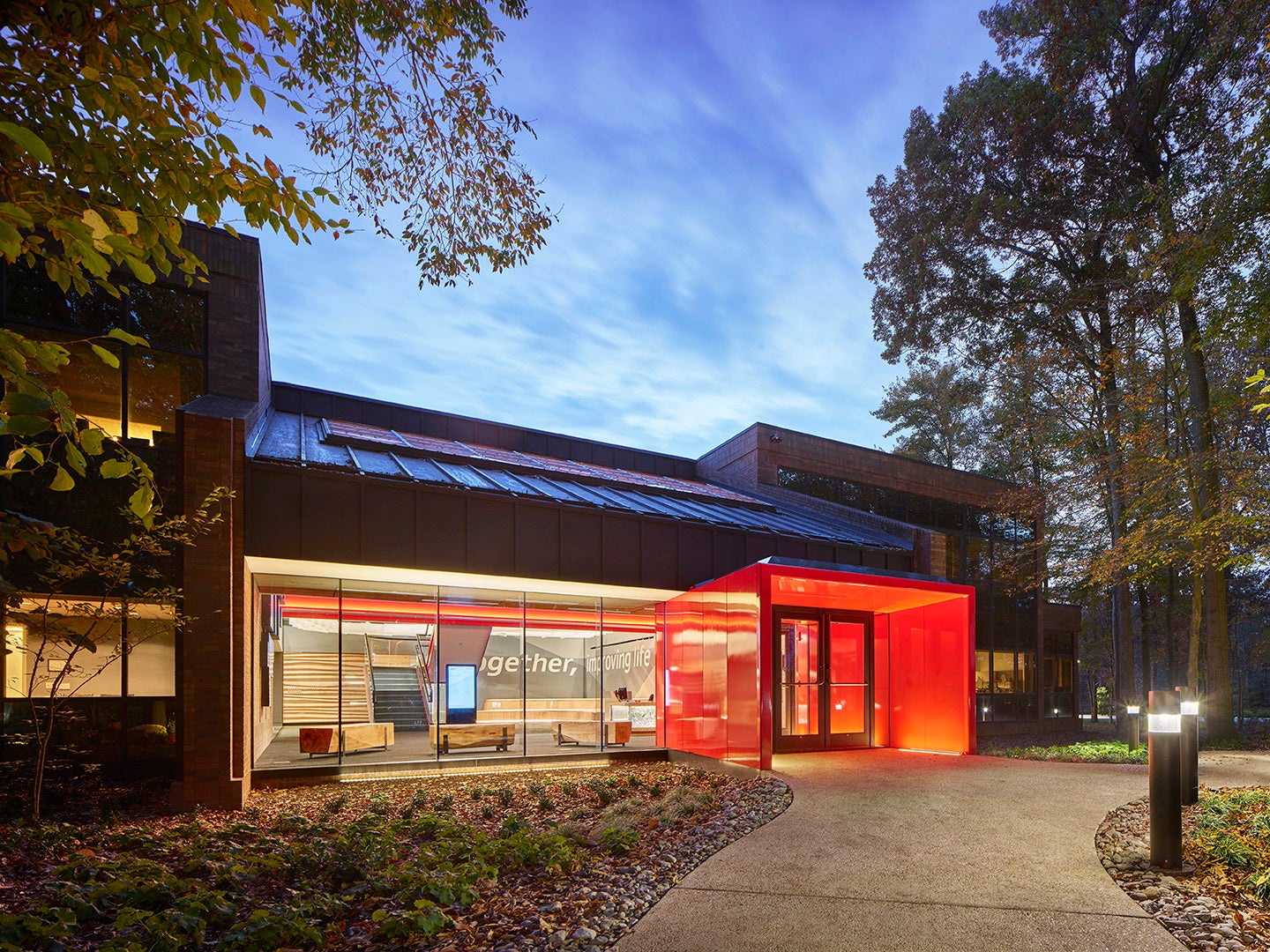Exploring Gorecenter: Content, Community & Controversy | [Analysis]
Can a digital platform truly capture the depths of human darkness, and if so, at what cost? Gorecenter, a website dedicated to extreme horror, violence, and the macabre, boldly attempts to do just that, sparking a heated debate about the boundaries of online content and its impact on society.
The digital landscape is constantly evolving, and with it, the types of content that are accessible to the public. Platforms like Gorecenter exist within this evolving ecosystem, attracting a specific audience with their focus on graphic and often disturbing material. The website operates under the disclaimer that the content is maintained by other users, and therefore its quality and truthfulness cannot be guaranteed. Furthermore, the comments section is not censored, allowing for a free exchange of opinions, which may not always align with the platform's own stance. The site has a strict zero-tolerance policy for child pornography, reflecting a baseline ethical standard, while simultaneously acknowledging that users are entering a space that openly displays violence, death, sex, and foul language.
The core of Gorecenter's content revolves around the display of graphic images and videos. This includes actual incidents of violence and tragedy, alongside fictional content, often blurring the lines between reality and artistic expression. The site offers a wide range of gore movies, horror articles, and reviews designed to cater to extreme horror enthusiasts, promoting a sense of community among like-minded individuals. It's a space where fans of the macabre can come together, share their interests, and discuss their fascination with the darker aspects of life. Features include forums, podcasts, and potentially live events designed to connect users in a shared appreciation for the extreme. The platform, however, also acknowledges the potential dangers of this content. Gorecenter explicitly states that it is "not for everyone", warning users about the graphic nature of the material.
The content hosted on Gorecenter has reflected real-world tragedies. In India, a video emerged showing the aftermath of a mass casualty accident. The footage depicted a horrific scene of a collision involving several vehicles, including cars, trucks, and motorbikes. The impact resulted in at least one fatality, with a man's head reportedly crushed under the wheel of a car, and many others suffering serious injuries. The video, capturing the raw, unfiltered reality of the incident, serves as a testament to the destructive power of human error and the fragility of life.
Another case study comes from Mexico, where a video titled No Mercy in Mexico went viral online. The footage showed the brutal execution of a father and son by a drug cartel. The cartel members are seen committing horrific acts. The attacks resulted in the deaths of 51 people, with two dying in the hospital and the rest at the scene, while another 50 were injured. The attacker filmed the shooting.
The website also hosted footage of suicide, as in the case of Korablev Gleb Vyacheslavovich. The 18-year-old shot himself in the head with a rifle during a live broadcast on the social network Vkontakte. This example highlights the risks associated with the widespread availability of uncensored content, and the impact it can have on vulnerable individuals.
The platform, however, goes beyond just the content itself. Gorecenter aims to foster a sense of community among its users. The website's structure allows for forums, podcasts, and potentially live events designed to connect users in a shared appreciation for the extreme. These elements create a unique space for horror fans, allowing them to share their love for the macabre, and discuss related topics.
The presence of a website like Gorecenter raises several crucial ethical and societal questions, prompting a need for careful consideration. The platform hosts graphic content which includes images and videos of violence, death, and other disturbing elements, raising concern about the mental health of its users. The content could potentially desensitize individuals to violence, and in extreme cases, incite real-world acts of harm. The blurred lines between reality and artistic expression also present a challenge. The portrayal of real-world events alongside fictional scenarios could lead to confusion or misinformation. The website's uncensored nature further complicates the issue, allowing for unfiltered content that might include hate speech, extremism, or other harmful messages. As such, understanding the full implications of platforms like Gorecenter, including their impact on mental health, violence, and the dissemination of harmful content is critically important.
The site's content also intersects with important legal aspects, including issues like copyright and freedom of speech. Platforms like Gorecenter host user-generated content. This presents challenges with ensuring that the content complies with copyright laws, especially with regard to the use of copyrighted material in the graphic content. The freedom of speech considerations must be balanced against the protection of individuals from harm. Balancing the rights of the platform with the safety and well-being of the public is complex, and it requires a clear understanding of applicable laws and regulations.
The history of extreme content online provides context for the current landscape. Gorecenter's evolution, reflects the broader trends in the internet and media. In the early days, the internet was a space for experimentation and openness. As the internet has evolved, so too have the platforms like Gorecenter. Examining this evolution shows the changing dynamics between content creators, users, and regulators.
The impact of content on the horror community is a crucial aspect of Gorecenter's existence. The platform has become a gathering place for fans of extreme horror. This connection provides a unique social experience. The forums, podcasts, and community events foster a sense of belonging. They enable people to find others with similar interests. This also brings discussion about the role and ethics of horror as an art form.
The platform also raises questions about how users engage with the site's content. What are the motivations for accessing this type of material? Are users seeking entertainment, information, or something else? How does the design of the website influence user behavior and perception? The website aims to offer a space for sharing and discussing this type of material. Therefore, it's crucial to examine the dynamics between users and the content they consume.
The use of extreme content in the digital age is a growing concern. The presence of platforms like Gorecenter poses a challenge to society. It requires careful consideration of ethics, legality, and societal impact. The discussion must include creators, platforms, regulators, and users to ensure a responsible, and balanced approach to the challenges of extreme content online. The future plans of Gorecenter, if any, will shape the direction of this unique cultural phenomenon.
| Incident | Details | Location |
|---|---|---|
| Mass Casualty Accident | A collision involving several vehicles, resulting in fatalities and serious injuries. | India |
| Brutal Execution | The execution of a father and son by a drug cartel, documented in a video. | Mexico |
| Suicide | A young man taking his own life during a live online broadcast. | Online, via Vkontakte |
| School Shooting Inspiration | Gabriel, was inspired by similar school shootings abroad. | N/A |
| Photos of deceased | Photos showing examination of deceased young Chinese woman. | China |
| Crime of Violence | Shocking crime with violent acts occurred in broad daylight. | Culicn, Mexico |
| Funky town | Members of a Mexican drug cartel torture a man in it in an inhuman way. | N/A |
The term "gorecenter" itself encapsulates a unique niche within modern cultural dynamics. It is associated with a wide array of genres, including horror films and extreme art forms. The platform is an online platform that specializes in extreme, often graphic content. This article aims to define this phenomenon. It delves into the history, core components, applications, and implications across various fields. It is also focused on the gorecenter.com, a unique platform that has attracted people with a passion for horror, thriller, and macabre content.
One particular case involved the discovery of a dismembered body, which was found in a suitcase in the town of Canoas. The graphic details of the crime, amplified by the online circulation of disturbing images and videos, have fueled public curiosity and fear.
The infamous "Funky Town" video, which has circulated extensively across the internet, further demonstrates the kind of extreme content often shared. This video captures the torture of a man by members of a Mexican drug cartel. The video has received a lot of attention due to its extremely violent nature. It showcases the horrific acts of the cartel members. These examples, which come from various sources and perspectives, shed light on the nature of gorecenter and the environment of graphic content online.


Detail Author:
- Name : Mrs. Lenore King
- Email : bruen.vicente@gmail.com
- Birthdate : 1992-06-02
- Address : 96962 Green Spurs South Thalia, HI 88874
- Phone : 1-325-276-3813
- Company : Bergnaum-Haag
- Job : Truck Driver
- Bio : Beatae sunt corrupti fugit quos. Enim asperiores maxime a explicabo delectus est quas. Rem pariatur veniam officia ut consequatur saepe voluptatem sed.